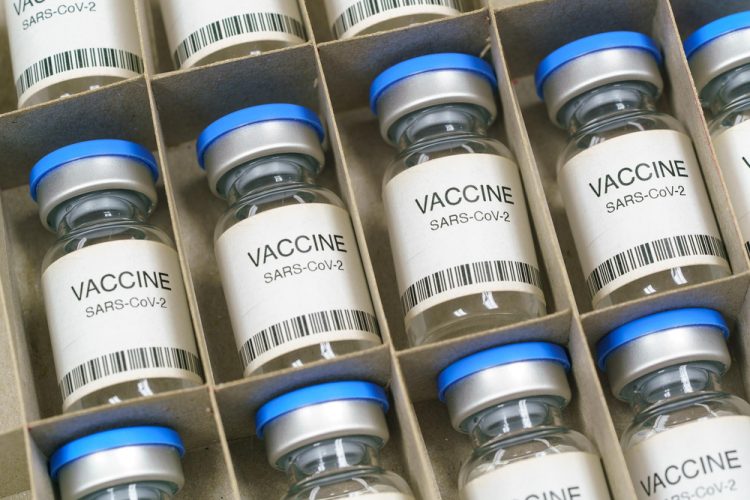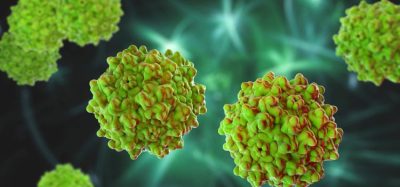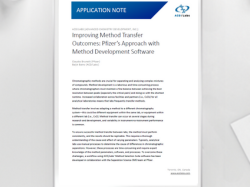Six COVID-19 boosters are safe and effective, shows Phase II study
Posted: 8 December 2021 | Anna Begley (European Pharmaceutical Review) | No comments yet
Study finds six different COVID-19 vaccine boosters increase immunity and pose no safety concerns, although immune responses varied.


Six different COVID-19 boosters are safe and provoke strong immune responses in people who have previously received a two-dose course of ChAdOx1-nCov19 (Oxford–AstraZeneca), also called ChAd, or BNT162b2 (Pfizer-BioNTech), also called BNT, according to the first randomised trial of boosters given after two doses of either vaccine. The vaccines studied were ChAd, BNT, NVX-CoV2373 (Novavax [NVX]), Ad26.COV2.S (Janssen [Ad26]), Moderna [mRNA1273], VLA2001 (Valneva [VLA]), and CVnCov (Curevac [CVn]).
The randomised, Phase II COV-BOOST trial of seven booster vaccines was conducted, with the third doses given 10-12 weeks after initial two-dose courses of ChAd or BNT. The trial involved 2,878 participants in good health. Participants had received their first doses of ChAd or BNT in December 2020, January or February 2021, and second doses at least 70 days before enrolment for ChAd and at least 84 days for BNT. Around half of participants received two doses of ChAd and half two doses of BNT. The control vaccine used was a meningococcal conjugate vaccine (MenACWY).
Thirteen experimental and control arms of the trial (seven vaccines plus three at half dose and 3 control arms) were split into three participant groups, with six sites per group. Group A received NVX, half dose NVX, ChAd, or a control. Group B received BNT, VLA, half dose VLA, Ad26 or a control. Group C received Moderna, CVn, which was withdrawn from further clinical development in October 2021, half dose BNT, or a control.
Primary outcomes were adverse effects seven days after receiving a booster, and levels of antibodies targeting the spike (S) protein on the surface of COVID-19 virus cells after 28 days, compared to controls. Secondary outcomes included the response of T cells to wild type, alpha, beta, and delta variants. Both antibody-mediated immunity and T-cell response are known to be important in vaccine effectiveness.
Increases in anti-spike protein antibody levels after 28 days varied across the vaccines. After two doses of ChAd these ranged from 1.8 times higher to 32.3 times higher according to the booster vaccine used. After two doses of BNT the range was 1.3 times higher to 11.5 times higher. Significant T cell responses were also reported in several combinations.
At 28 days, all booster results were similar for participants aged 30-69 years and those aged 70 years or older. However, the authors warned that the boost ratios should be interpreted with caution because they relate to immunogenicity rather than protection against disease, and the relationship between antibody levels at day 28 and long-term protection and immunological memory is unknown.
Reactions to all seven vaccines were similar, with fatigue, headache, and injection site pain most often reported. These were more commonly reported by those aged 30-69. 912 of the 2,878 participants experienced a total of 1036 adverse events, 24 of which were severe. The full results are published in The Lancet.
Related topics
Antibodies, Big Pharma, Biopharmaceuticals, Clinical Trials, Data Analysis, Dosage, Drug Safety, Immunisation, Research & Development (R&D), Vaccines, Viruses
Related drugs
COMIRNATY®, COVID-19 Vaccine Janssen, CVnCoV, Spikevax, Vaxzevria (COVID-19 Vaccine AstraZeneca), VLA2001









